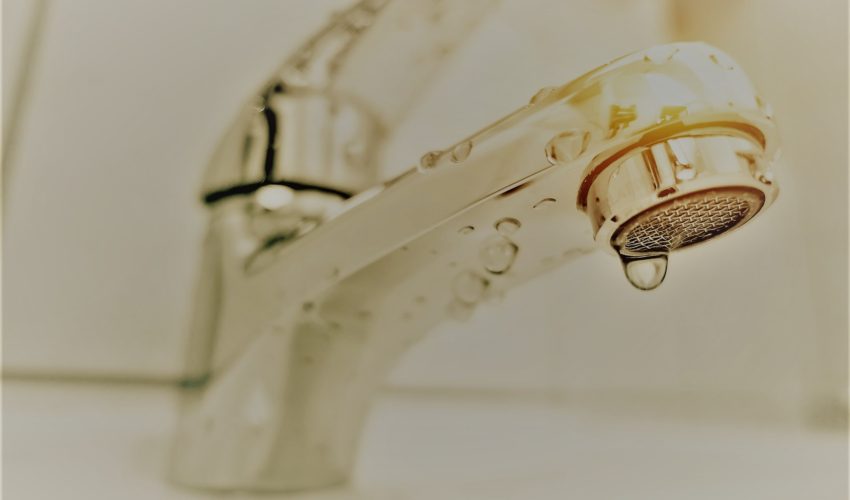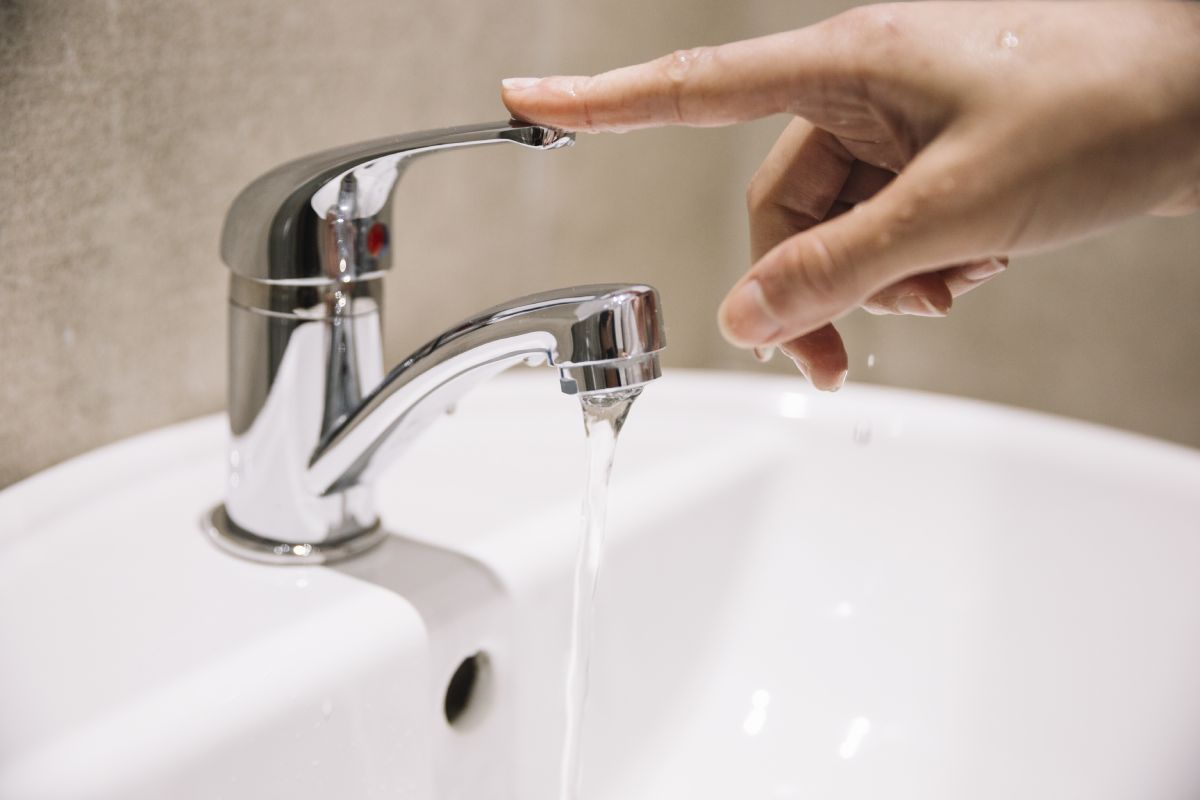We have found this post relating to 9 Reasons for Low Water Pressure in Your House listed below on the net and accepted it made good sense to relate it with you over here.

Low tide pressure in your house can be a discouraging issue, influencing every little thing from bathing to cleaning meals. If you're experiencing weak water flow, there are a number of possible reasons and remedies to check out. In this guide, we'll talk about typical factors for low water stress and functional steps to attend to the concern successfully.
Introduction to Low Tide Stress
Low tide pressure happens when the circulation of water from your taps, showers, and other components is weak than common. This can make everyday jobs extra difficult and much less effective. Comprehending the root causes of low water stress is essential to finding the best solution.
Typical Causes of Low Water Stress
Faulty Pressure Regulators
Pressure regulators are in charge of maintaining regular water pressure in your house. If they malfunction, it can lead to low tide stress or uneven flow throughout your home.
Municipal Supply Of Water Issues
Occasionally, the problem lies outside your home. Community water supply problems, such as main line leakages or upkeep work, can briefly lower water stress in your area.
Pipeline Obstructions
With time, pipes can come to be blocked with mineral deposits, sediment, or particles, restricting the circulation of water. This is an usual concern in older homes with galvanized steel pipes.
Rust
Corrosion within pipelines can cause leakages and minimized water pressure. Corrosion build-up can tighten water flow, particularly in aging plumbing systems.
Exactly How to Diagnose Low Tide Pressure
Examining Pipes
Evaluate noticeable pipelines for indications of leaks, deterioration, or blockages. Focus on any uncommon sounds, such as banging or rattling pipes, which can indicate concerns within the plumbing system.
Consulting with a Plumber
If you're incapable to pinpoint the root cause of low tide pressure, take into consideration employing a professional plumber to conduct an extensive inspection. They can determine underlying problems and suggest suitable remedies.
Examining Taps and Components
Start by testing the water pressure at different faucets and fixtures throughout your home. If the issue is separated to particular areas, it might suggest local problems.
DIY Solutions to Repair Low Tide Pressure
Flushing Hot Water Heater
Debris build-up in the water heater can limit circulation and minimize efficiency. Flushing the tank periodically assists remove sediment and keep optimal efficiency.
Examining Pressure Regulator
Ensure that the stress regulator is functioning correctly. Readjusting or changing the regulator can assist restore appropriate water stress throughout your home.
Cleaning Aerators and Showerheads
Natural resources can gather in aerators and showerheads, lowering water flow. Eliminate and clean these elements on a regular basis to improve water pressure.
Clearing Up Clogs in Water Lines
For minor obstructions, attempt utilizing a plumbing snake or chemical drain cleaner to clear obstructions in pipes. Be cautious when utilizing chemicals and comply with safety guidelines.
When to Call a Professional Plumber
If DIY initiatives fall short to resolve the problem or if you believe significant plumbing problems, it's finest to look for support from a licensed plumber. They have the competence and tools to attend to intricate issues securely and efficiently.
Preventive Measures to Maintain Water Stress
Mounting a Pressure Booster
Consider mounting a pressure booster pump to boost water pressure in locations with constantly reduced flow. This can be particularly valuable for multi-story homes or homes with high-demand components.
Surveillance Water Usage
Be mindful of water use routines and stay clear of overtaxing the plumbing system. Basic changes, such as astonishing showers and washing lots, can help keep sufficient water stress.
Routine Upkeep
Arrange regular upkeep for your plumbing system to avoid concerns such as deterioration, leakages, and obstructions. Attending to small troubles early can assist avoid more substantial repairs later on.
Final thought
Taking care of low tide pressure can be frustrating, but determining the underlying causes and applying appropriate services can recover ideal flow throughout your home. Whether it's cleansing aerators, examining pipes, or consulting with a plumber, taking proactive steps can make certain a steady supply of water for your everyday needs.
FOUR WAYS TO FIX LOW WATER PRESSURE NOW
Turning on a shower or faucet only to find the water comes out in a sad, slow drizzle is never a good feeling. How exactly are you supposed to wash a pan or take a quick shower when it takes 10 minutes just to rinse off a little soap? The good news is that when your water pressure is bad, there's always a cause: typically one that can be easily fixed. Here are some of the most common causes of low pressure and what you can do to fix the issue:
DEBRIS AND MINERAL DEPOSIT BUILDUPS
If you notice low water pressure from just one or two of the fixtures in your house, the problem likely has to do with debris buildup. Water is full of minerals and other debris, all of which can accumulate in your pipes and on your fixtures. This can cause a blockage that affects how much water flows through. To fix this, try filling a small plastic bag with white vinegar, and use a rubber band to hang it around your showerhead or faucet. Let the head of the fixture soak for a few hours, and the vinegar should loosen the deposits.
WATER LEAKS
Leaks are another common cause of low water pressure. If water is flowing out of your plumbing through a hole or crack before it can reach your fixture, the pressure coming out of the faucet or showerhead will be lower. A plumbing professional is your best bet for finding and repairing a leak in your water supply pipes.
Leaks are another common cause of low water pressure. If water is flowing out of your plumbing through a hole or crack before it can reach your fixture, the pressure coming out of the faucet or showerhead will be lower. A plumbing professional is your best bet for finding and repairing a leak in your water supply pipes.
A VALVE ISSUE
If you have low water pressure throughout your home, check your main shut-off valve to make sure it's completely open. You may also want to see if there's a pressure-reducing valve installed. If there is, have a plumber help you adjust the settings to get the pressure you're looking for.
OTHERS USING WATER
Believe it or not, your low water pressure could be caused by your neighbors. If you notice low pressure at certain times of day, it may be because you and the people living next to you have similar schedules - when everyone is showering at the same time, the pressure will be lower in every home. Low pressure throughout the neighborhood may also be caused by an issue with your municipal water supply. If that's the case, call the supplier to see if they're working on the issue.
https://www.rotorooter.com/blog/water-leaking/low-water-pressure-fixes/

I ran across that write up about 9 Reasons for Low Water Pressure in Your House when doing a search on the internet. In case you enjoyed reading our blog posting please remember to share it. We thank you for reading our article about 9 Reasons for Low Water Pressure in Your House.
Click On This Link